Why Do Rabbits Have Big Ears? 3 Easy Steps To Clean These
Rabbits probably have the largest ears of all other pet animals relative to their sizes. It is natural to think “Why do rabbits have big ears?”
Many of my friends who also started taking care of bunnies ask me about the importance of rabbits’ ears, and I always answer two things, hearing and regulation of temperature.
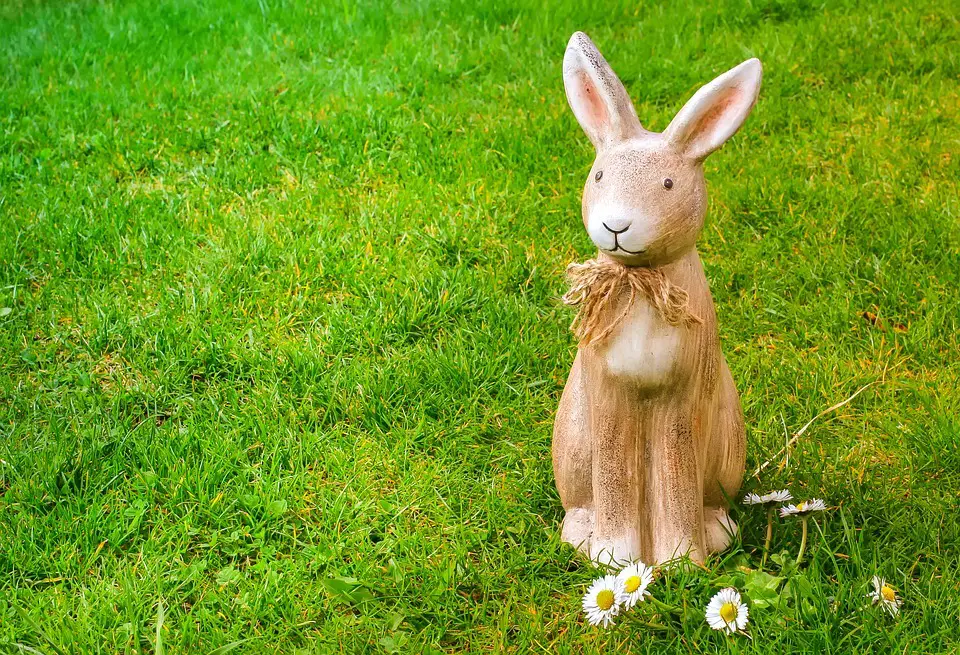
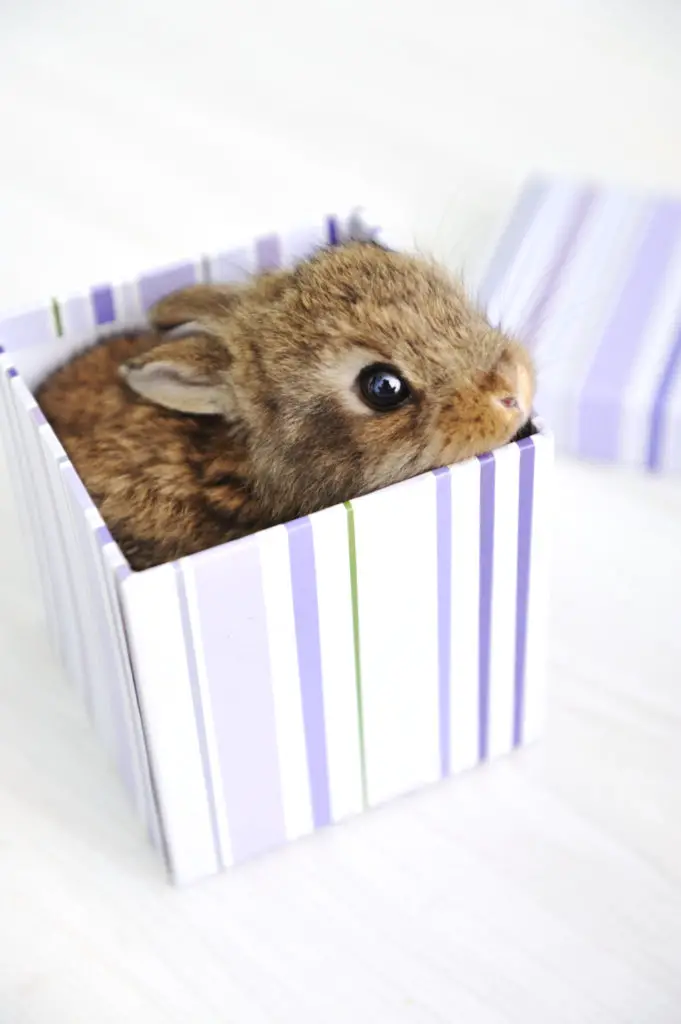
Just so you know, these ears are not only to make them look cute, but they have unique purposes.
Thus, as pet owners, we should also be aware of how to take care of the ears and know what health concerns we should avoid.
Functions Of Rabbits’ Ears
Why do rabbits have big ears? One of the reasons is that these wide and big ears contribute a lot to the rabbits’ hearing capabilities.
I have enjoyed taking care of rabbits for years, and I can say that they are the sweetest little creatures in my house. For me, their big and wide ears made them the cutest pets.
I can see Thumper, my bunny, enjoy it every time I stroke its ears; I guess all rabbits like being petted this way. You should know where do Rabbits like to be petted to strengthen your bond with your lovely pet.
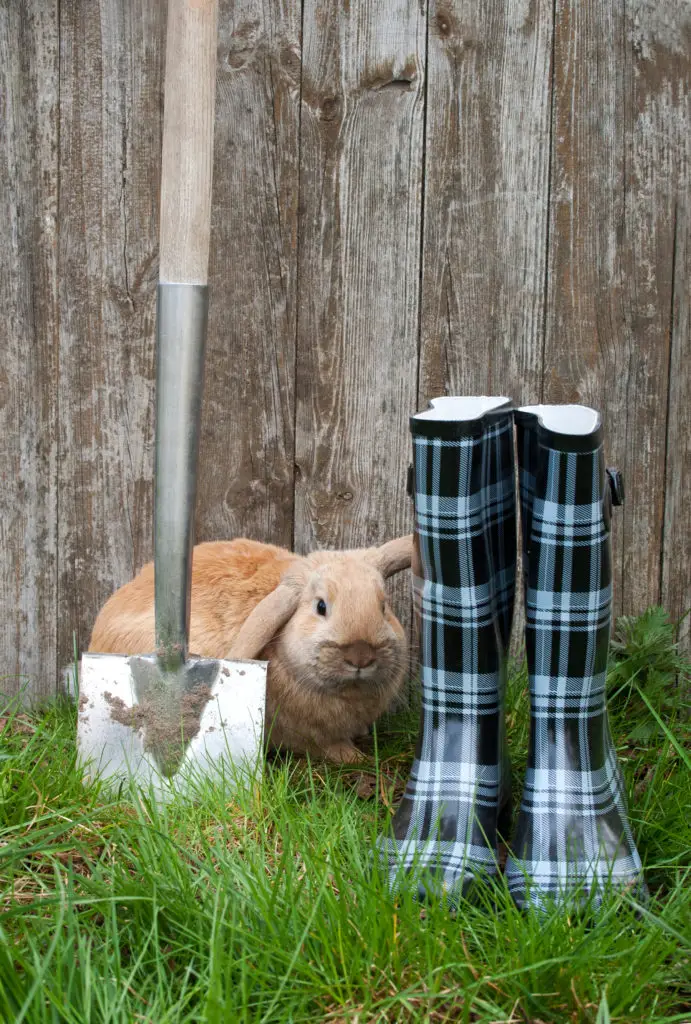
Following are some of the reasons that explain rabbits having big ears.
#1. Rabbits’ ears are an aid for survival
However, before they became pets, rabbits were naturally living in the wild, so they use these ears to observe their environment.
That’s maybe why I always see Thumper leaning his ears forward in the direction of strange sounds every time I bring him to the garden or back yard.
Based on my observations, he’s curious, and it’s a part of his instinct to be cautious of predators who might attack him.
If I put Thumper to his cage, his ears are relaxed on their body because it’s feeling safe and comfortable with where it is.
#2. Ears are used for body temperature regulation
Another function of rabbits’ ears is body temperature regulation.
The process is also called thermoregulation and explains why rabbits from different world areas have different ear sizes.
Rabbits have thinner fur, so it cannot save them from cold, mainly in colder countries.
Luckily, they have these tiny channels of blood vessels that go up to their ears.
These vessels enable the ears to manage the heat exchange in their bodies by releasing the heat during hot days and maintaining the heat during cold days.
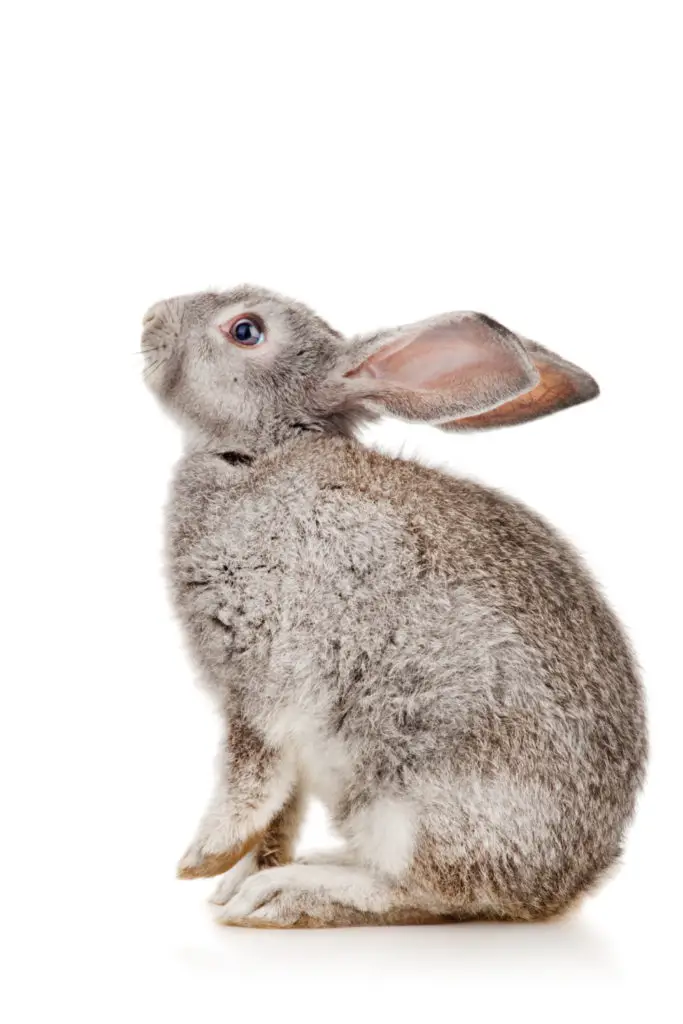
Sometimes, when I touch Thumper’s ears, they’re cold, but frequently, they’re hot. At first, I worried a lot because I thought there might be something happening inside his body.
I found out that it’s normal, and their body temperature also depends on the environment’s temperature.
However, my fellow owners, we should not also disregard the odds of overheating. I had an unlucky experience with this.
One of my rabbits had ears that were turning red and becoming abnormally hot. When I discovered it, I immediately brought it to the veterinarian.
According to the pet doctor, that rabbit was struggling with thermoregulation; if it persisted, it might have led to heat stroke hyperthermia.
Thankfully, my rabbit was saved, and I paid particular attention to improving its body regulation.
#3. Additional facts
Here’s another amazing fact, their ears can pick up sounds from an approximately 3-kilometer distance.
Thus, these ears are indeed helpful for rabbits to track the danger that may come.
Sometimes, I am surprised how Thumper rotates his ears. He’s cute when he does that, and he can revolve it up to 270 degrees so he can detect the sounds coming from any side.
Every time I learn new facts about my pet rabbits, I am always impressed.
Taking Care Of Rabbits’ Ears
The ears of rabbits are susceptible and soft because the parts are delicate.
Thus, gently handling it is a great way not to damage it.
When I once visited my friend’s rabbits, I saw him pick up his rabbits by pulling their ears.
I felt terrible for the rabbits, so I taught him how to groom his rabbits properly without roughly picking up the ears.
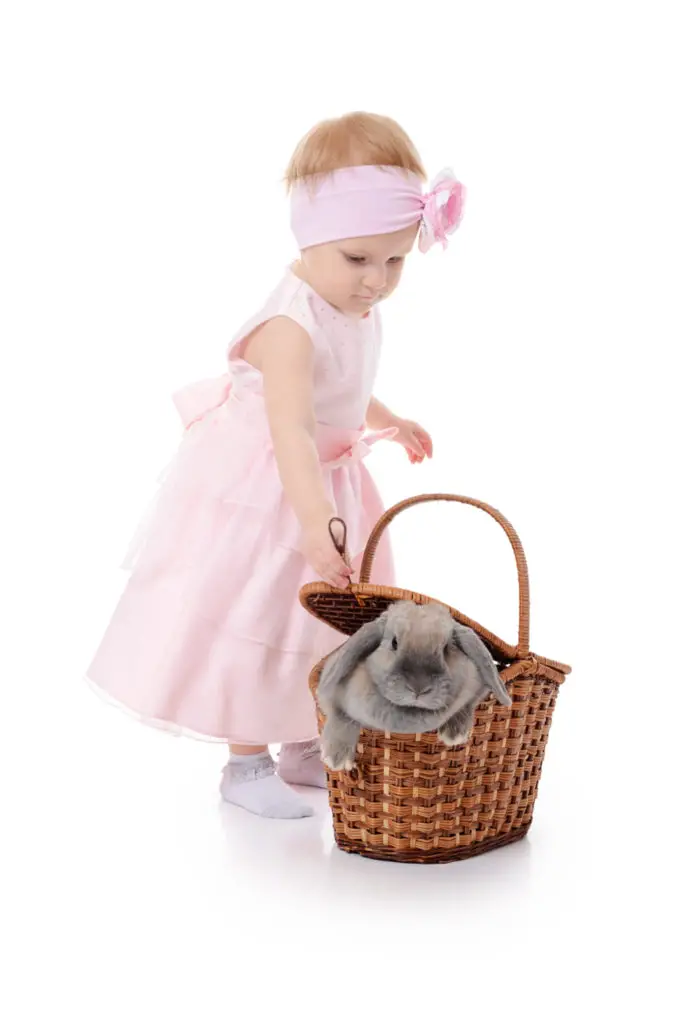
From that day, he became gentle and careful in handling them. Just saying my observations, there are times that when I lift their ears for grooming, they pull it away.
For me, it’s a signal that they are hurting or maybe they are not comfortable with it, so I let go.
Step #1. Be gentle
When I first cleaned Thumper’s ears, it doesn’t seem to like it, but when I did it gently, he became comfortable and allowed me to do it.
Maybe because I gradually made him used to it, so it trusted me enough to groom it. Of course, before grooming Thumper, I don’t miss inspecting its ears.
I think it’s something that we as owners should usually do, especially if our pets are already comfortable.
Step #2. Inspect
The ears should be free from wax build-up, dirt and skin problems, and ear mites. It should look clean and a little bit shiny.
I also suggest that you practice smelling the ear canal of your bunnies.
Our pets’ ears must not have a smell, if it gives off a bad smell, then there’s a problem with it, and the bunny should be immediately brought to the veterinarian.
That happened to one of my rabbits, but before I smelled its ear canal, I also touched the back surface of its ear, and I found out that there are scratches.
Those scratches mean that my rabbit has been feeling pain or itching inside. I’m glad that the veterinarian was able to help my rabbit.
Step #3. Observe your Rabbits
I also noticed that Thumper is much more comfortable when his outer ears are clean and neat. So I made sure that I clean it every time it’s needed.
I wipe away the dirt using a soft cotton ball dampened with alcohol. Anyway, I have this cute rabbit cotton ball and swab holder where I place Thumper’s grooming essentials.
Sometimes, I go inside the inner ear, but I make sure that my strokes are away from the ear canal because I might push dirt to it, and it might get infected.
When I see that the matted fur on the outer ear is becoming too messy, I brush it. However, I don’t do it very often because it may cause pain to the rabbits knowing that the skin on that area is very soft.
Friends, let’s be careful in grooming our rabbits. After all, they also know how to clean themselves.
Step #4. Consult your vet if needed
There was a time when my friend (who is also an owner of a rabbit) asked me to help him; he had seen mites in his bunnies’ ears.
I accompanied him to the veterinarian, and we knew that parasites, ear mites infected his rabbit.
According to the pet doctor, it is indeed difficult to see the symptoms of this concern, and he also suggested observing if our pets are intensively scratching their ears.
Please ensure that the materials you use in handling your rabbits are clean because ear mites may be caused by insect eggs that stay on cloth and wood.
The build-up of ear wax is also common to our rabbits. If the wax can’t be taken out, it can accumulate and cause severe infection to your pets.
As caretakers, clean the ears of your rabbits every after one or two weeks; this will prevent the wax from clumping up.
Conclusion
Now you know why do rabbits have big ears. The size of rabbits’ ears plays a significant role in improving their hearing to monitor their surroundings and track predators effectively.
It also depends on the temperature where mostly that kind of rabbit exists; rabbits who live in hotter areas have more prominent ears.
To help these ears function correctly, we, pet owners, must learn how to handle and groom them properly and know the health concerns that we should prevent from happening.
I am sure this article will help you take better care of your lovely pet’s ears and prevent disorders.
